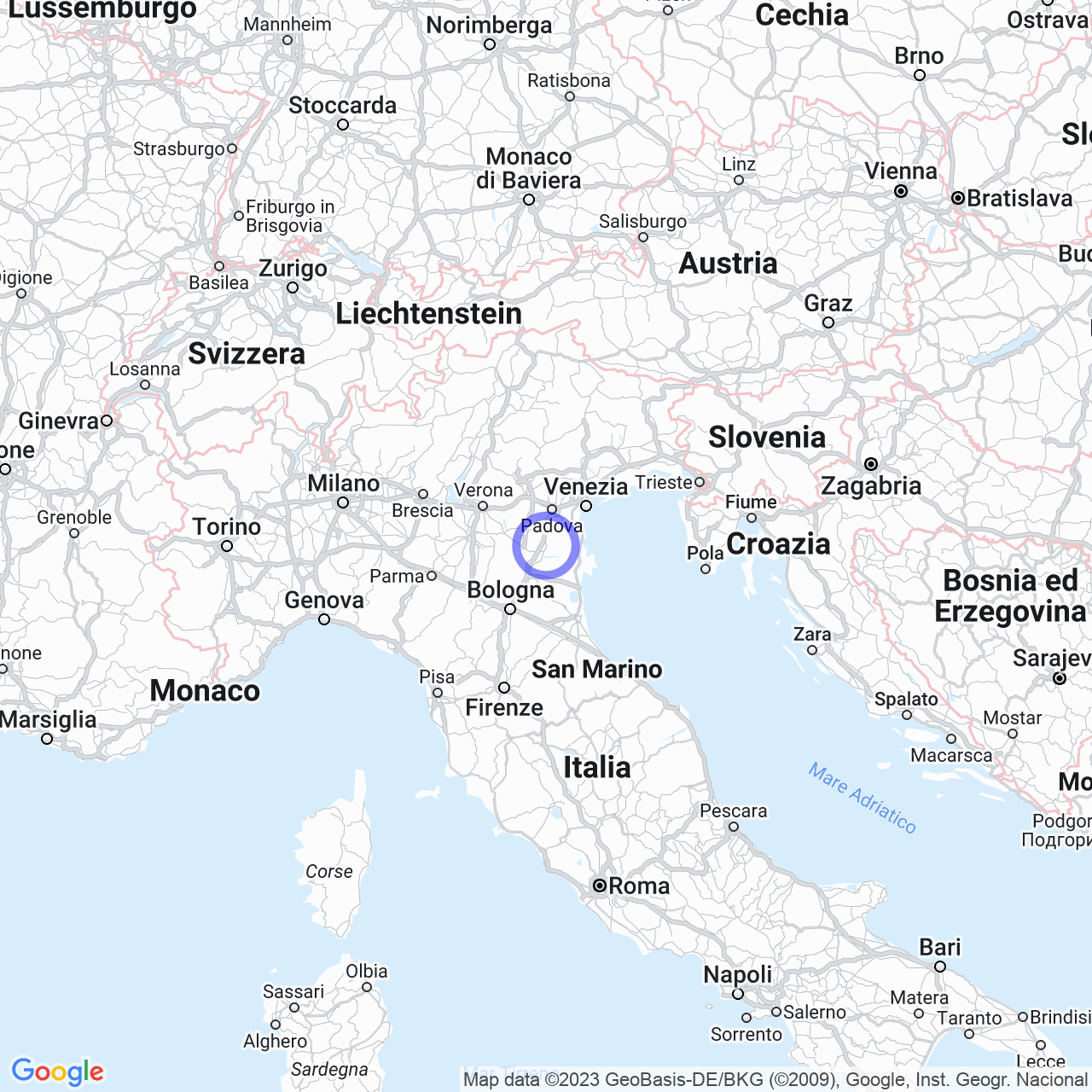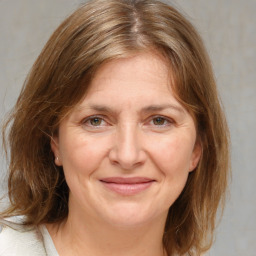Rovigo
Hi everyone! Let's discover Rovigo, the city of roses.
Rovigo is a city in the Veneto region, the capital of the province with the same name, and has about 50,000 inhabitants. The territory extends between the Adige and the Tartaro-Canalbianco-Po di Levante, and is particularly flat, with an altitude ranging from 5 to 8 meters above sea level.
The territory
The municipality is crossed by the Adigetto and numerous artificial canals used for agricultural reclamation and irrigation. Among the most important canals are Ceresolo, Rezzinella, Valdentro, Canalbianco, Pontecchio, and Zucca. The territory is suitable for the cultivation of high-quality products, such as corn and fruits and vegetables, and that's why Rovigo's interport can be found on the Canalbianco road, which was inaugurated in 1998.
The extremely fertile land and abundant water have made this territory a place of great importance for agriculture and farm reclamation, contributing to the development of the city.

The climate
Rovigo enjoys a typically Mediterranean climate, characterized by hot and dry summers and mild and humid winters, with temperatures ranging from 8 to 25 degrees Celsius. The city is located in seismic zone "4" and climate zone "E".
The meaning of the name and the history of the city
The name Rovigo seems to derive from the Germanic personal name "Hrodico", but according to another theory, it could derive from the Greek word "rhodon", which means "rose". This latter derivation is related to the legend that Polesine was colonized by a group of Achaeans led by Diomede, giving Rovigo the title of "City of Roses".
The presence of stable settlements dates back to the 2nd millennium BC., while during the Iron Age, an Etruscan settlement connected to Adria was active in the Rovigo area, as evidenced by the necropolis of loc. Balone.
During the Middle Ages, the city came under the control of the Da Camino, the Della Scala, and the Carraresi. In the Renaissance, it became an important cultural center thanks to the numerous noble families who resided there and the cultural activity of the Franciscan friars. In the eighteenth century, Rovigo came under Austrian control and underwent numerous urban interventions that changed the city's appearance. In 1866, with the annexation of Veneto to the Kingdom of Italy, Rovigo became the capital of the province.
In contemporary times, Rovigo has experienced a period of great economic development thanks to the birth of numerous companies and the opening of the interport. Today the city is known for its culture and the beauty of its historic center.
Things to see in Rovigo
Rovigo's historic center is a very interesting place to visit, with numerous churches and noble palaces. Among the main tourist attractions are the Cathedral of Santa Maria Assunta, Palazzo Roncale, Teatro Sociale, and Palazzo Roverella.
The Cathedral of Santa Maria Assunta, built between the thirteenth and fourteenth centuries, is one of the city's main monuments. Inside, many works of art can be admired, including the altar painting by Paolo Veronese. Palazzo Roncale, built in the fifteenth century, is one of the best examples of Renaissance architecture in the city. The Teatro Sociale, built in the nineteenth century, represents an important example of neoclassical architecture. Finally, Palazzo Roverella, once a noble residence, now houses an important cultural center.
Gastronomy
Rovigo's cuisine is very varied, but mostly focused on high-quality local products. Among the most famous specialties are risottos, such as pumpkin or pilota, potato gnocchi, rabbit alla padovana, "pastasciutta al cavalo", and rice and peas.
Conclusions
Rovigo is a city that has a lot to offer, from historical monuments to delicious food. The flat and fertile territory has made this city a place of great importance for agriculture and farm reclamation, contributing to the economic development of the region. I believe it is a tourist destination that deserves to be discovered and appreciated.
